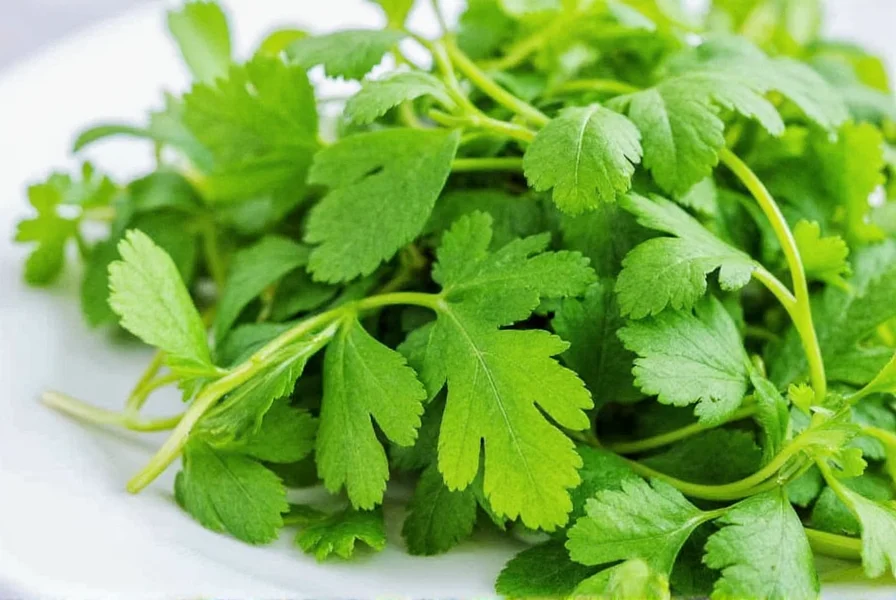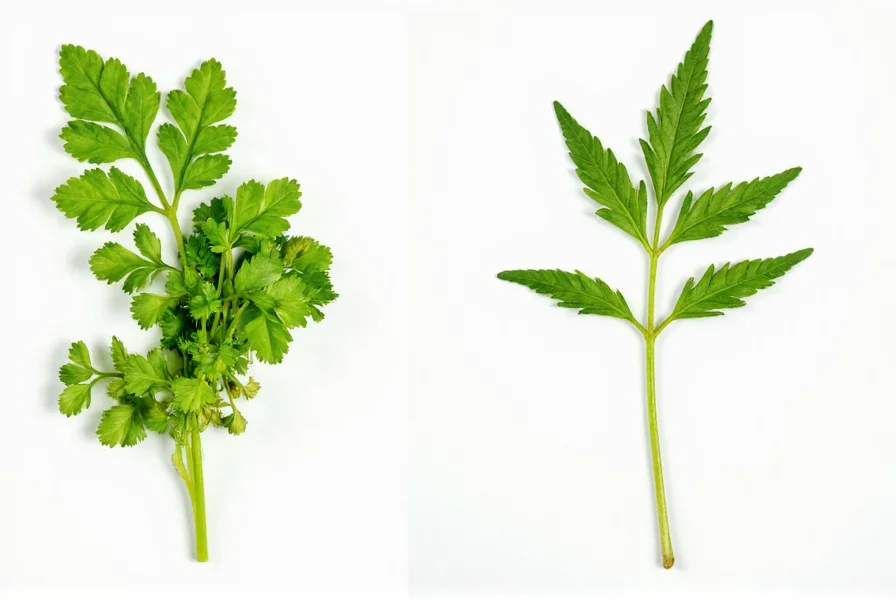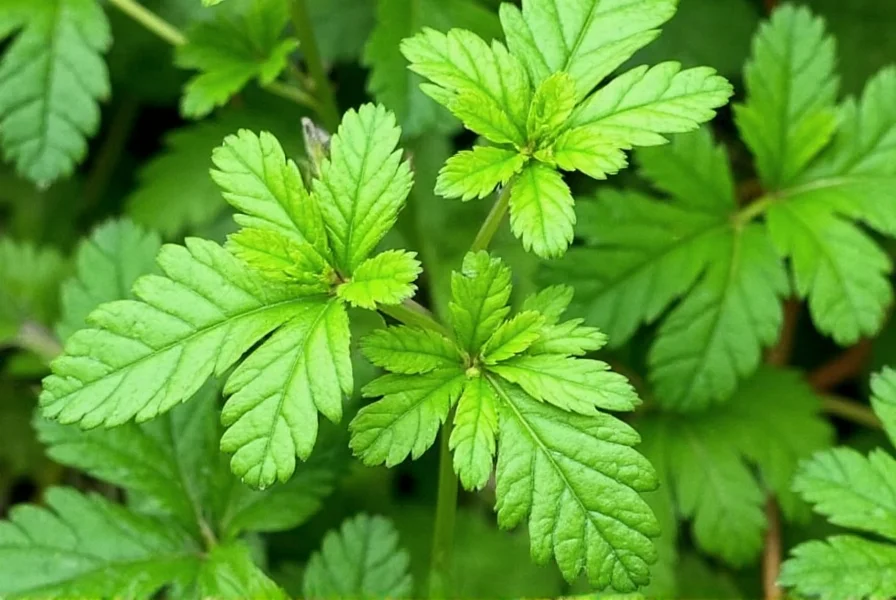Understanding the relationship between cilantro and coriander is essential for any home cook navigating international recipes. Despite the different names, they're simply different parts of the same annual herb in the Apiaceae family. The plant produces delicate, lacy leaves (cilantro) during its growing phase, followed by small round seeds (coriander) when it flowers and matures.
Botanical Background of Coriandrum sativum
Coriandrum sativum, commonly known as Chinese parsley or dhania in some regions, has been cultivated for over 3,000 years. Ancient Egyptians used coriander seeds as both food and medicine, with evidence found in Tutankhamun's tomb. The plant grows to about 20-50 cm tall with slender stems, and its lifecycle naturally produces both the leafy greens we call cilantro and the aromatic seeds known as coriander.
| Plant Part | Common Name (US) | Common Name (UK/Commonwealth) | Flavor Profile |
|---|---|---|---|
| Leaves & Stems | Cilantro | Coriander (fresh) | Bright, citrusy, sometimes soapy (to those with OR6A2 gene) |
| Dried Seeds | Coriander | Coriander seeds | Warm, nutty, citrus undertones, slightly peppery |
| Roots | Coriander root | Coriander root | Earthy, more intense than leaves, essential in Thai cuisine |
Why the Naming Confusion Exists
The linguistic divide between "cilantro" and "coriander" stems from Spanish and British colonial influences. The Spanish word cilantro derives from the Latin coriandrum, which evolved differently in various languages. American English adopted the Spanish term for the leaves while retaining the English term for the seeds, creating the current dual-naming system that confuses many cooks.
When exploring authentic Mexican recipes calling for "cilantro," you're being asked to use the fresh leaves. Meanwhile, Indian recipes specifying "coriander" likely mean the ground seeds, though context matters. This distinction becomes crucial when substituting ingredients or interpreting grocery lists.
Flavor Chemistry and Genetic Differences
The dramatic flavor difference between cilantro leaves and coriander seeds results from their distinct chemical compositions. Cilantro leaves contain aldehydes that provide a fresh, citrusy flavor but taste unpleasantly soapy to approximately 21% of the population due to the OR6A2 gene variant. Coriander seeds, meanwhile, contain linalool (60-70%), which gives them their warm, nutty character.

Culinary Applications: When to Use Which
Understanding when to use cilantro versus coriander seeds transforms your cooking:
- Fresh cilantro works best added at the end of cooking or as garnish in salsas, guacamole, Thai curries, and Vietnamese pho. Heat diminishes its delicate flavor.
- Coriander seeds shine when toasted and ground, adding depth to spice blends like garam masala, curry powders, and pickling spices. They're essential in Middle Eastern and Indian cuisines.
- Coriander powder provides consistent flavor in stews and braises where whole seeds would be unpleasant to eat.
Professional chefs often use both forms in the same dish for layered flavor. For example, a Thai curry might incorporate fresh cilantro as garnish while using coriander seeds in the curry paste base.
Substitution Guidance for Home Cooks
While cilantro and coriander seeds aren't interchangeable due to their vastly different flavor profiles, understanding substitutions helps when ingredients are unavailable:
- If you need cilantro but only have coriander seeds: Use fresh parsley or culantro (not the same as cilantro) with a squeeze of lime. Dried cilantro makes a poor substitute.
- If you need coriander seeds but only have cilantro: This substitution won't work well. Consider cumin or caraway as distant alternatives in small quantities.
For those with the genetic predisposition that makes cilantro taste soapy, try using the inner stems (which contain fewer aldehydes) or substitute with papalo, a Mexican herb with similar flavor without the soapy notes.
Growing and Storage Tips
Cilantro/coriander is notoriously difficult to keep fresh. The leaves typically wilt within days, while seeds remain potent for 6-12 months when stored properly. Here's how to maximize shelf life:
- For fresh cilantro: Trim stems, place in a glass of water like flowers, cover loosely with a plastic bag, and refrigerate. Change water every 2 days.
- For coriander seeds: Store whole seeds in an airtight container away from light. Toast before grinding to release maximum flavor.
- Preservation methods: Freeze cilantro in oil, make cilantro pesto, or dry leaves (though dried cilantro loses most flavor).

Global Culinary Significance
The cilantro/coriander plant appears in nearly every major cuisine worldwide, though usage varies significantly:
- Mexican cuisine: Fresh cilantro is essential in salsas, guacamole, and as garnish for tacos and soups.
- Indian cuisine: Coriander seeds form the base of most curry powders, while fresh cilantro appears in chutneys and as garnish.
- Thai cuisine: Both fresh leaves and roots feature prominently in curry pastes and soups.
- Middle Eastern cuisine: Ground coriander appears in spice blends like za'atar, while fresh cilantro features in salads and dips.
Understanding these regional differences helps interpret recipes correctly. A British cookbook calling for "coriander" likely means the seeds, while a Mexican recipe with the same term probably refers to the fresh leaves.
Common Questions About Cilantro and Coriander
Many home cooks struggle with the practical aspects of using these ingredients. Here's clarification on frequent points of confusion:
- Can I grow cilantro and get coriander seeds from the same plant? Yes! Allow your cilantro plant to flower and produce seeds. The seeds mature from green to beige and can be harvested when dry.
- Why does cilantro taste like soap to me? Approximately 21% of people have a genetic variation (OR6A2 gene) that makes cilantro taste soapy. This is a genetic trait, not a matter of acquired taste.
- Are coriander seeds and ground coriander the same thing? Ground coriander is simply coriander seeds that have been milled. Whole seeds retain flavor longer but require grinding before use in most recipes.











 浙公网安备
33010002000092号
浙公网安备
33010002000092号 浙B2-20120091-4
浙B2-20120091-4